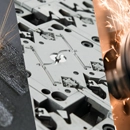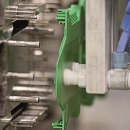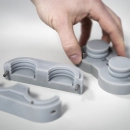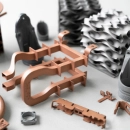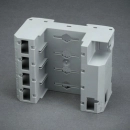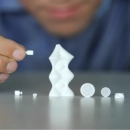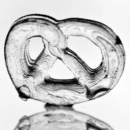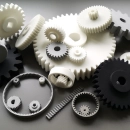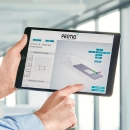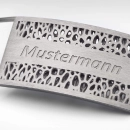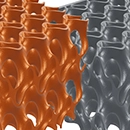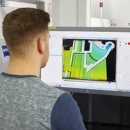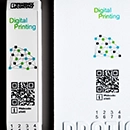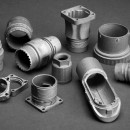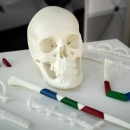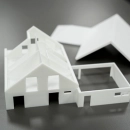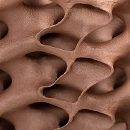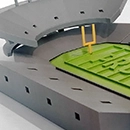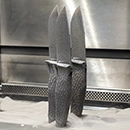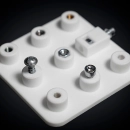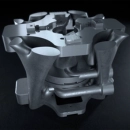Isotropy
Isotropy refers to the property of a material to exhibit uniform physical properties in all directions. This means that an isotropic material always exhibits the same strength, elasticity, thermal conductivity or other relevant properties regardless of the direction of orientation. This uniformity is crucial for many applications as it ensures predictability and consistency in the use of materials.
In 3D printing and additive manufacturing, the concept of isotropy becomes particularly important. Here, it is often challenging to achieve true isotropic properties as the layer build-up of the printed material is usually in a preferred direction, which can lead to anisotropic properties. This means that printed parts can be stronger or weaker in one direction than in others. Engineers and designers need to take this into account to ensure that the finished parts achieve their intended performance and durability.
Various techniques are used to improve isotropy in 3D printing. One approach is to optimize printing parameters, such as layer thickness and printing speed, to ensure that the bond between layers is as strong as possible. Other strategies include the use of special materials or the use of printing techniques that influence the molecular structure in such a way that the material properties are more evenly distributed.
Overall, isotropy is a desired property for many applications and plays an essential role in the development of materials and technologies that aim to maximize the performance and functionality of products in a wide range of applications.



 Deutsch
Deutsch English
English Italiano
Italiano